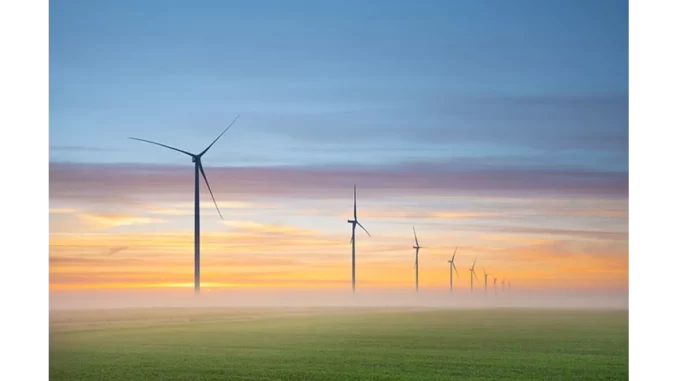
The confirmation by Ofgem of the final approval regarding the costs associated with the delivery of the Eastern Green Link 2 (EGL2) represents a significant milestone for the UK’s energy sector. This decision paves the way for the commencement of construction on the 525kV, 2GW subsea connection linking Peterhead in Scotland to Drax in England. To provide a comprehensive understanding of this development, I engaged in a detailed discussion with Laura Bennett, a senior project manager at SSEN Transmission, who is intimately involved in the project.
Discover how Focus360 Energy can help with BREEAM certification.
During our meeting at a lively café near her office, Laura conveyed the long and arduous journey leading up to this pivotal moment. The project, she explained, has been in development for several years, involving extensive planning, assessment, and negotiation. Ofgem’s regulatory approval, therefore, is a monumental achievement. The high voltage direct current (HVDC) connection, set to stretch over 500km, will be the longest HVDC subsea cable in the UK. This joint venture between National Grid and SSEN Transmission is poised to deliver electricity sufficient for powering two million homes.
The path to securing this approval was fraught with challenges. Laura candidly discussed the rigorous project assessments and financial scrutiny that were necessary to justify the costs associated with EGL2. Ofgem’s role in this process was critical. The project’s final assessment by Ofgem marks the key approval in the regulatory process, allowing for construction to begin later this year. The connection is expected to become operational by 2029, a timeline that, while tight, is deemed achievable.
One of the significant milestones in recent months was the approval from Aberdeenshire Council for the HVDC converter station near Peterhead. Laura emphasised the importance of this development, noting the council’s efficient handling of the application and their recognition of the project’s significance. The economic benefits of EGL2 are substantial, with the project expected to support hundreds of skilled jobs during construction and thousands more across the broader economy, providing a considerable boost both locally and nationally.
Technological innovation and environmental stewardship are at the core of EGL2. Laura highlighted that HVDC technology will play a pivotal role in the energy transition, with EGL2 serving as a testament to SSEN Transmission’s expertise. The project builds on the success of previous initiatives, such as the Caithness-Moray HVDC link and the ongoing Shetland HVDC link. Moreover, EGL2 is committed to enhancing energy security and contributing to net zero targets, while also leaving a positive legacy in local communities. Environmental initiatives are already underway to support community wellbeing, with this commitment set to continue throughout the project’s lifespan.
Collaboration has been a cornerstone of EGL2’s development. Laura acknowledged the hard work of teams within SSEN Transmission and National Grid, as well as the contributions of partners such as Prysmian Group, responsible for supplying approximately 1,000km of cable, and Hitachi Energy and BAM, tasked with the converter stations. EGL2 is a component of SSEN Transmission’s Pathway to 2030 programme, a £20 billion investment aimed at upgrading the electricity network in northern Scotland. It is also part of National Grid’s The Great Grid Upgrade, which encompasses 17 major infrastructure projects designed to enhance energy security and affordability.
Looking to the future, Laura expressed optimism about upcoming projects, including the proposed Eastern Green Link 3. The experience and insights gained from EGL2 will be invaluable as SSEN Transmission continues to develop its energy infrastructure. Ofgem’s funding decision for EGL2 represents the largest-ever investment in UK electricity transmission infrastructure, marking a crucial step towards achieving the government’s ambition for the UK to become a clean energy superpower.
As our conversation concluded, it became evident that EGL2 is more than just a project; it is a symbol of the UK’s commitment to a sustainable and secure energy future. Laura’s insights provided a vivid portrayal of the dedication, collaboration, and innovation driving this monumental endeavour.


Be the first to comment